What About Anesthesiology and ENT?
This week, I will be telling you about the anesthesiology and the ENT departments. And, I found out a little bit more about RMPs.
Anesthesiology
What do anesthesiologists do? Aside from administering local and/or general anesthesia, anesthesiologists also ensure that necessary equipment is set up for surgery. This includes making sure that the operating bed is at the proper angle for a particular surgery, and checking if wires are setup. They give premedication to patients based on the surgical procedure and the patients’ medical histories. They also monitor patients’ vitals throughout the surgery to maintain their vitals at baseline. After the operation, anesthesiologists take the patients to the recovery area.
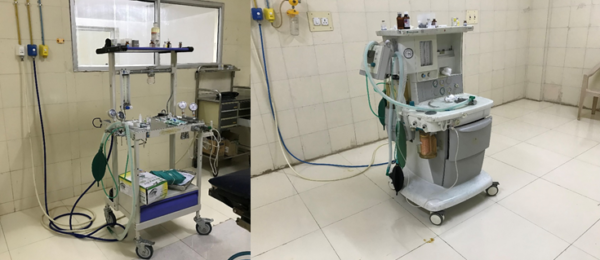
This is the Boyle’s anesthesia machine, which is an anesthesia workstation that includes medications and equipment that may be required to maintain a patient’s vitals at baseline.
During my time in the anesthesiology department, I saw parts of three surgeries. One of the surgeries was on a patient whose Achilles tendon was ruptured, and he was given spinal anesthesia (regional) for his surgery. Another patient had a right thigh (femur neck) fracture, and he was given a combination of epidural and spinal anesthesia (regional). The last surgery I saw involved a hysterectomy and right ovary excision. During one of the surgeries, the power went out and the equipment stopped working. The power came back on after around three minutes because the hospital has a generator, but this made me wonder what would happen if the power went out during a critical point in a surgery, something that I never had to think about in the U.S.
In Santhiram General Hospital, there are eight OP rooms, all of which are often occupied until the afternoons. On average, around fifteen to twenty surgeries are performed in the operating theaters every day in Santhiram, according to an anesthesiologist. The ophthalmology department performs more than thirty surgeries every day, but it has a separate operating theater (if necessary) on a different floor of the hospital and they often only administer local anesthesia in the ocular block, which is done not by an anesthesiologist but by an ophthalmologist. General anesthesia is used by the ophthalmology department if there is too much damage to the eye or if children are afraid to go through a procedure with local anesthesia.
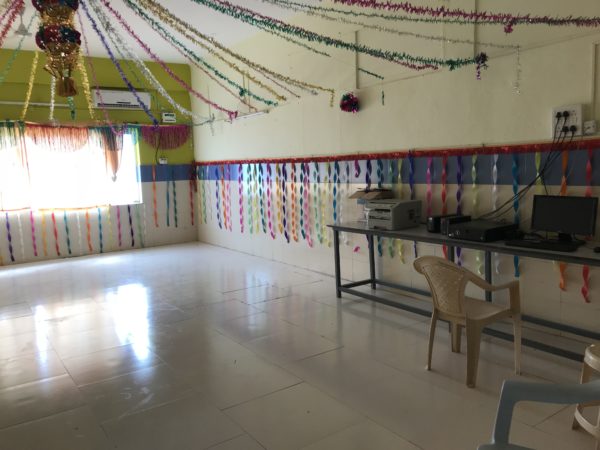
This is a seminar room of the anesthesiology department that was decorated for Dussehra (Hindu festival).
ENT: Ear, Nose and Throat
Most of the patients who come in to the ENT department with ear problems complain of ear discharge, ear pain, and/or fever. These patients are often diagnosed with acute otitis media or chronic otitis media. Patients who come in with problems related to the nose often have headaches and are diagnosed with sinusitis; if they have sinusitis and their condition is poor, then they are sent to surgery. Patients with throat problems often complain of fever and sore throat, and they are diagnosed with bacterial infections and are treated with antibiotics. Usually, around thirty to forty patients come to OP (outpatient) every day. There are also post-op patients in the ward, who generally stay for a day before being discharged.
RMPs: Registered Medical Practitioners
Like I had said in my previous blog, I asked doctors and house surgeons about RMPs. They said that RMPs should not even be referred to as doctors (like many villagers tend to do) because they don’t have a medical degree. RMP stands for registered medical practitioner. RMPs have some very basic medical knowledge and can legally give general medications, but many of them also illegally diagnose and treat conditions or perform surgeries even though they are not certified to do so.
As you may have guessed from reading my blogs, my time in India is going well, and I will continue to keep you updated with another blog next week!

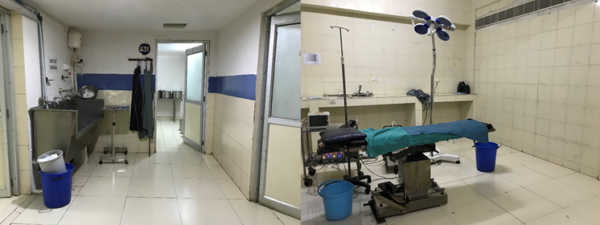
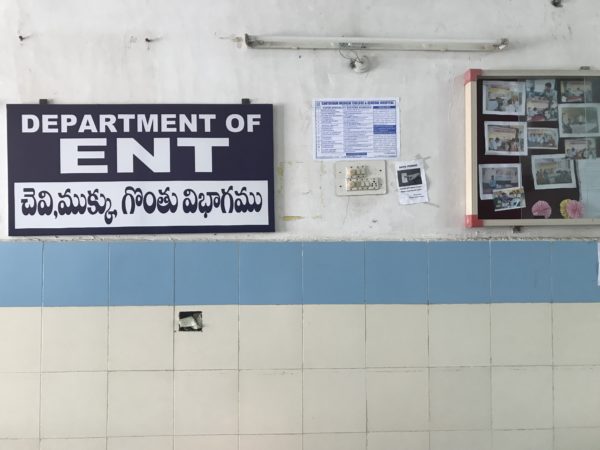
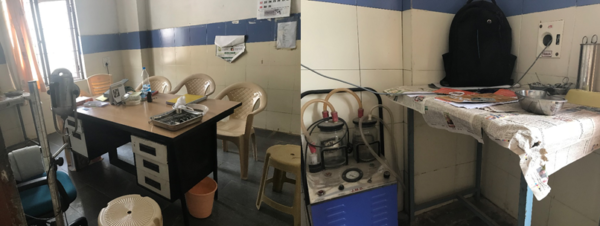
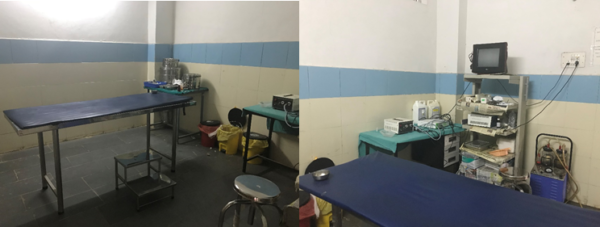
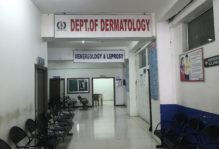

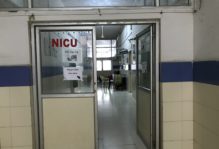
No comments.
Comments are currently closed. Comments are closed on all posts older than one year, and for those in our archive.